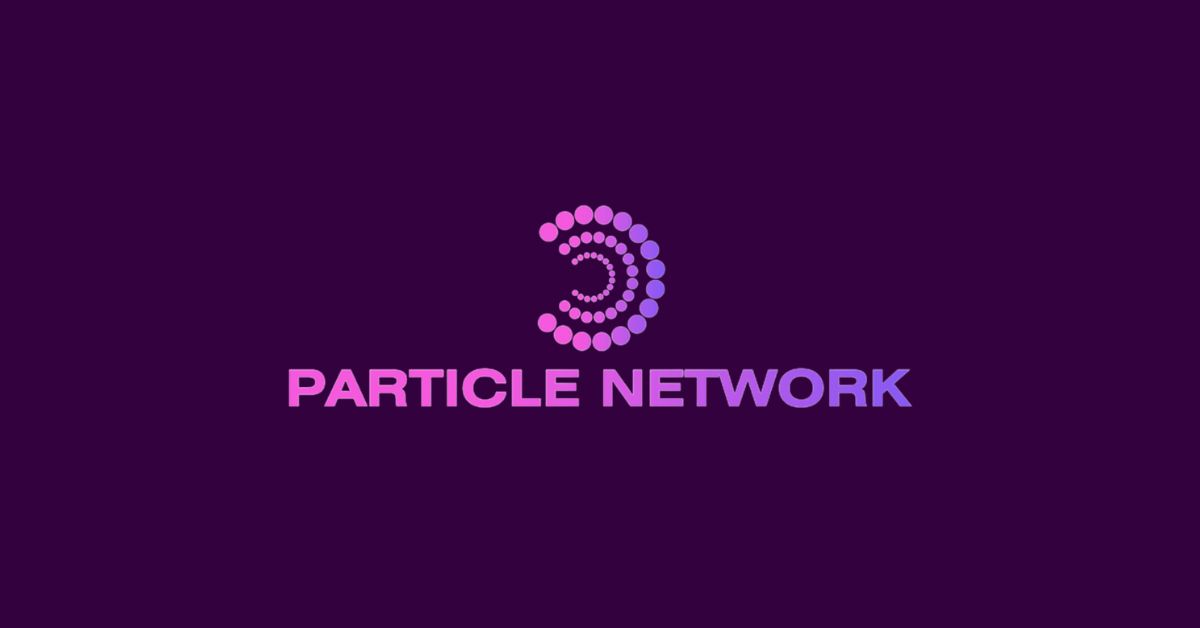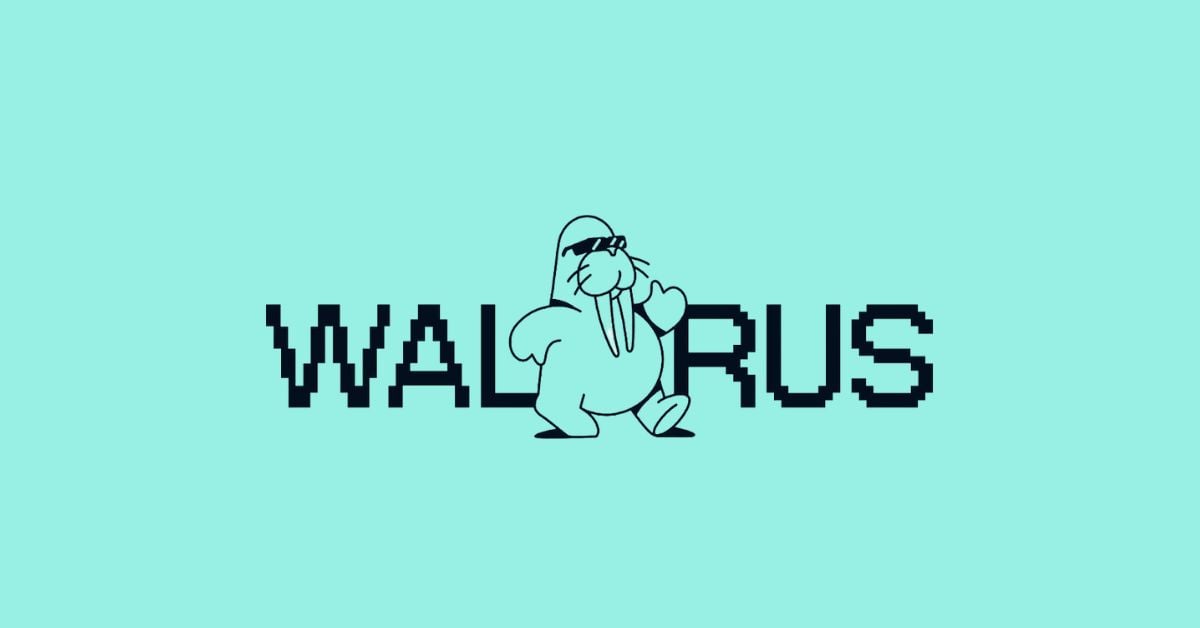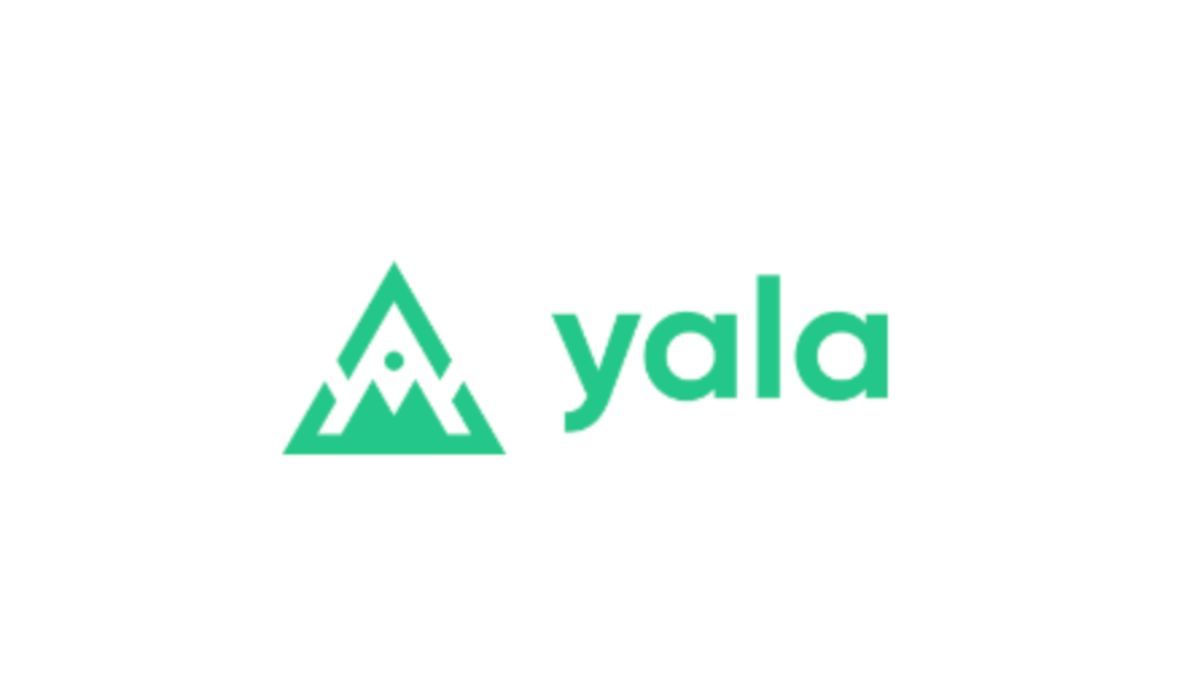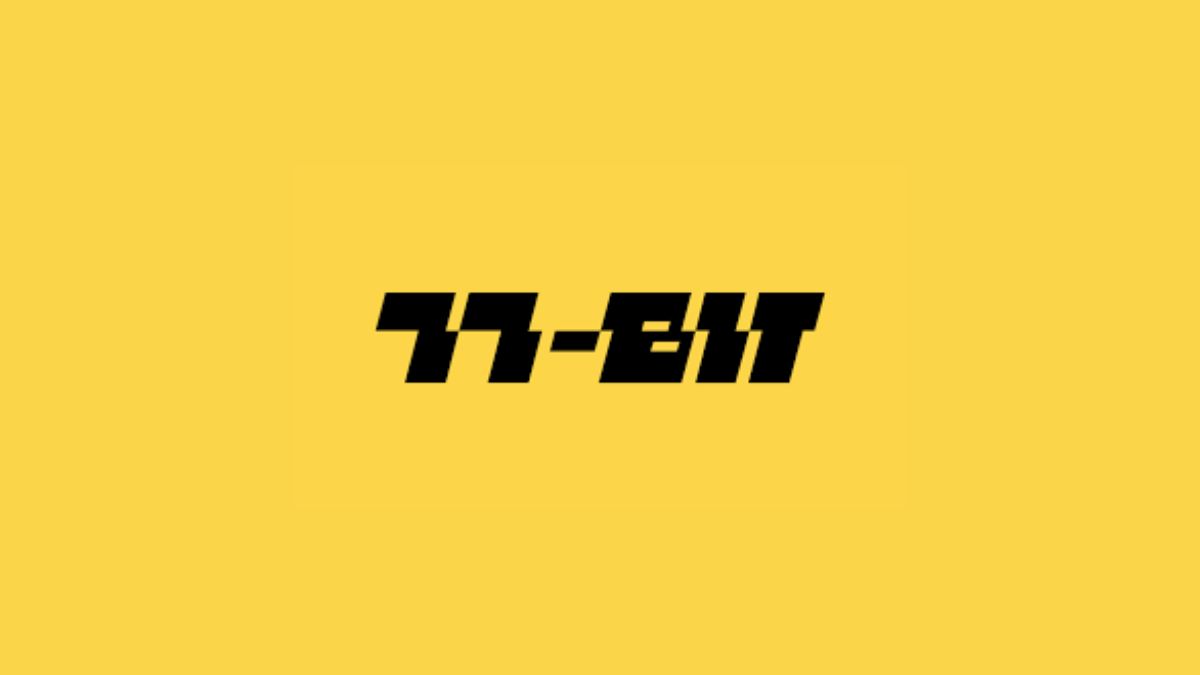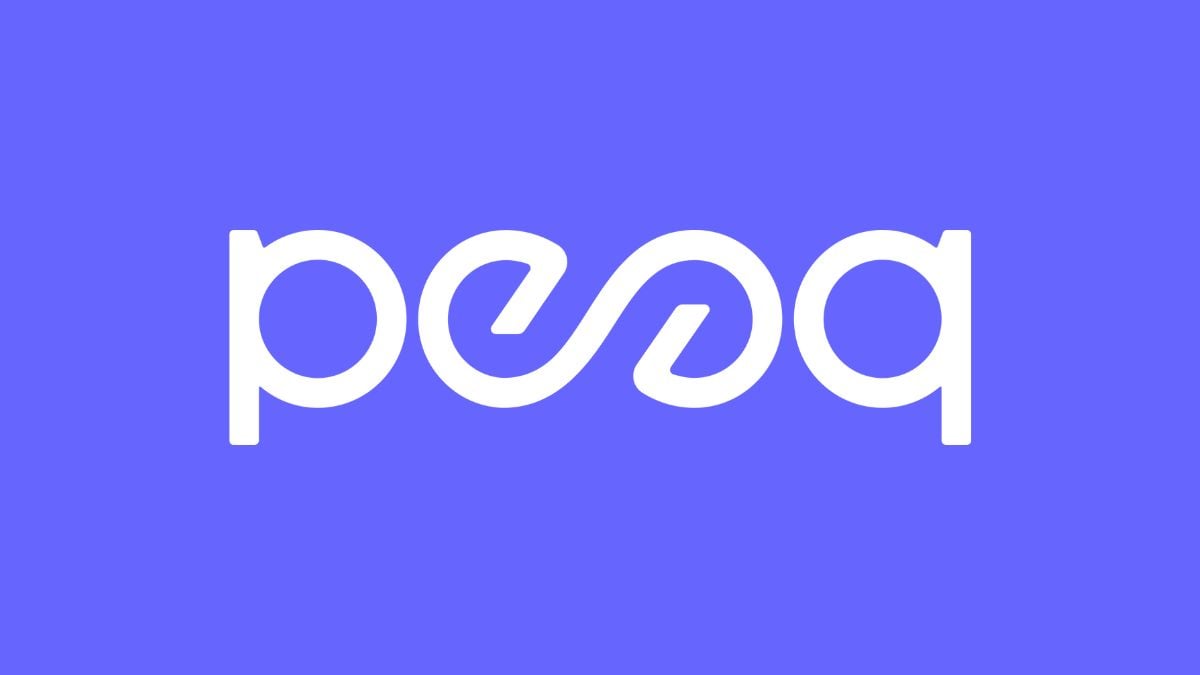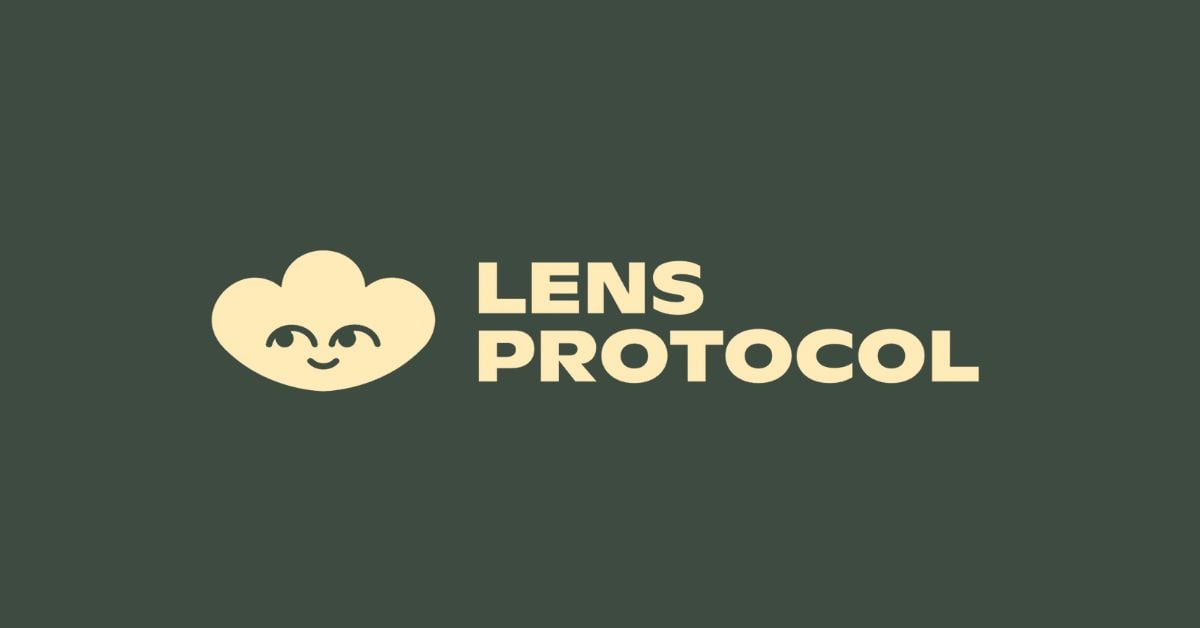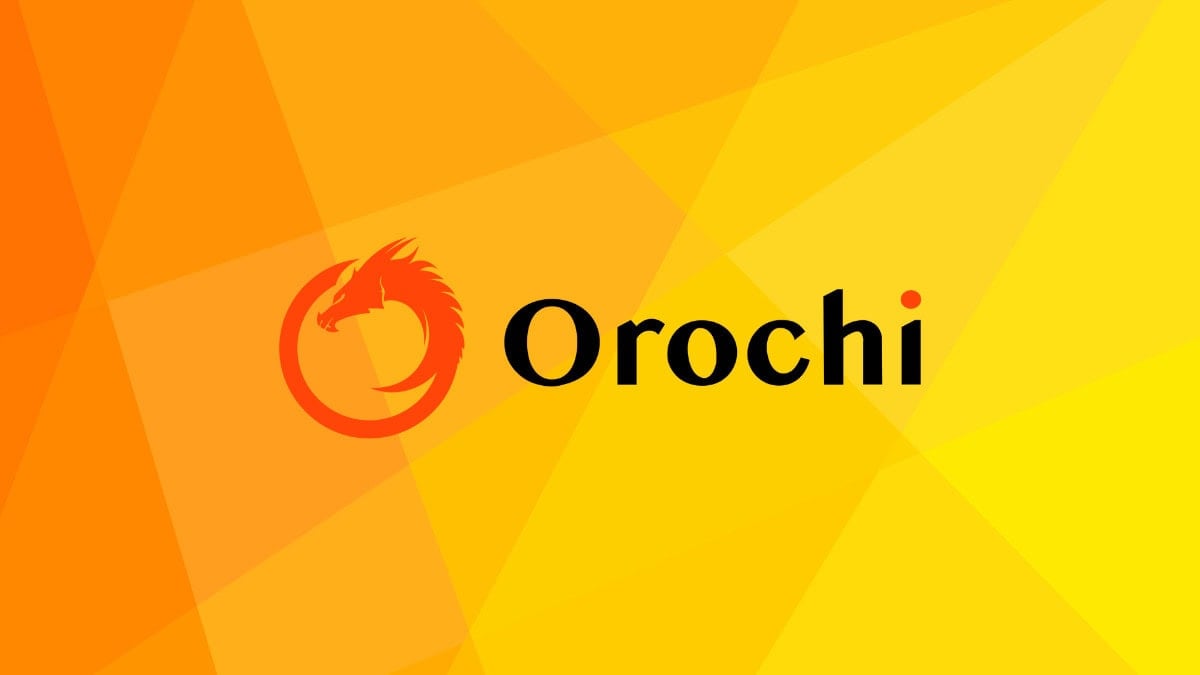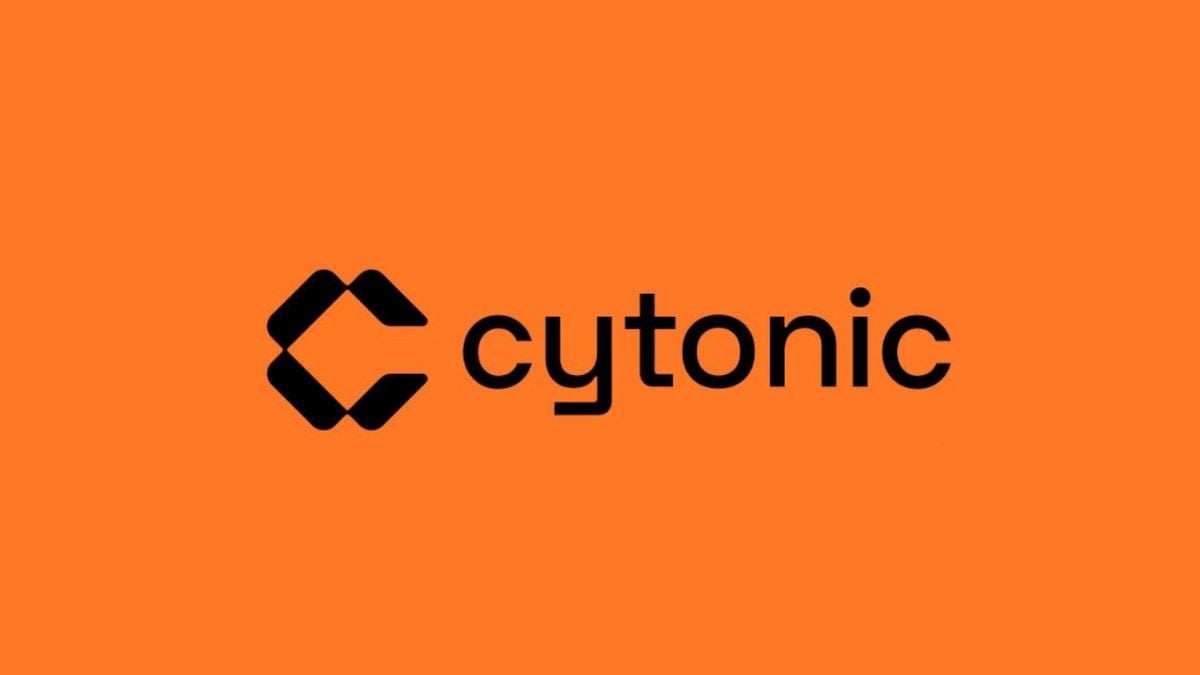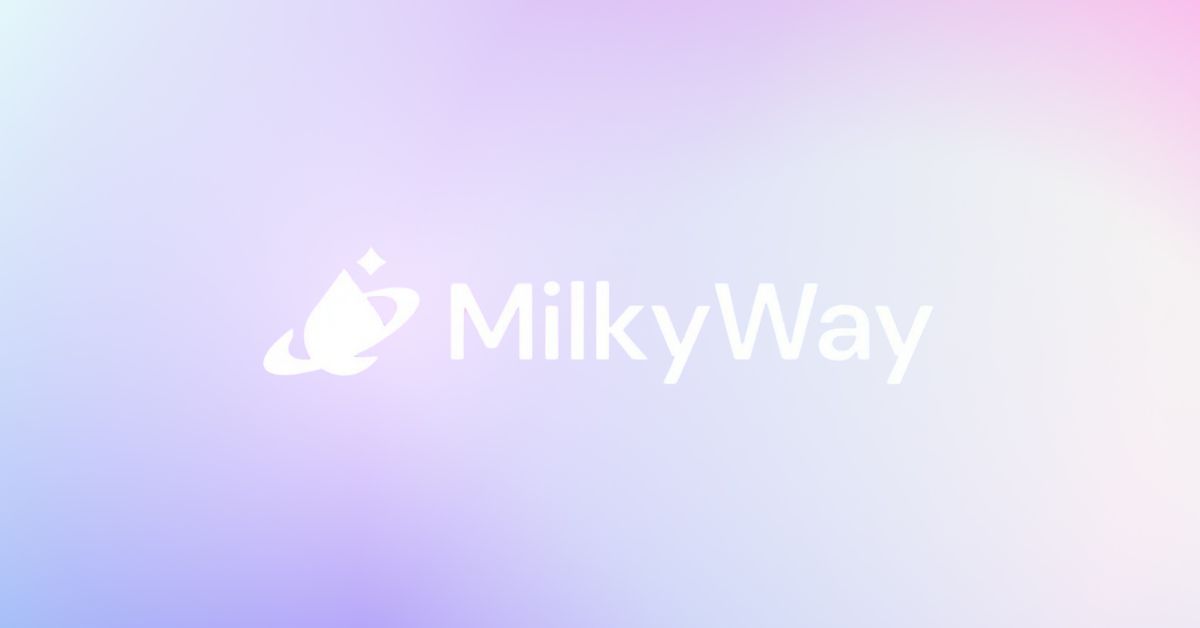Particle Network is a modular Layer-1 blockchain that acts as a universal settlement layer for the multi-chain ecosystem, enabling seamless execution of transactions across diverse blockchains. They have just launched their mainnet phase known as Parti Diamond Season 0. Here’s our Particle Network ($PARTI) token airdrop guide.
Check out our step-by-step guide!
What is Particle Network?
Particle Network is a modular Layer-1 blockchain that acts as a universal settlement layer for the multi-chain ecosystem. Built using the Cosmos SDK, it addresses Web3’s fragmentation by enabling seamless execution of transactions across diverse blockchains. Here are its key features:
- Universal Accounts: Coordinating smart Universal Account deployments and updates across all chains.
- Decentralized Messaging Network: Facilitating high-speed, secure cross-chain transactions.
- Decentralized Bundler: Executing transactions across chains from a public, permissionless UserOp mempool.
- Dual Staking Mechanism: Leveraging two pools of operators (native token and BTC delegations) for consensus participation.
- Aggregated DA: Enhancing performance and availability through diverse DA solutions.
- Web3 Integration: Empowering businesses to integrate web3 capabilities using familiar web2 authentication methods. Learn more about Particle Network on their website.
Particle Network raised three seed funding rounds recently led by Polychain Capital, previously Animoca Brands and Hashkey. The funding amounts are not disclosed.
How to get the Particle Network token airdrop
Testnet phase
Here’s how to get the potential Particle Network token airdrop during the testnet phase. Note that Particle Network will no longe be rewarding PARTI points after 13th September 2024.
- Connect your wallet to the Pioneer Particle Network testnet. You will need an invitation to join. Click our invitation HERE or use our invite code BOKDCE.
- Connect your Discord Particle Pioneer and join their Discord. Follow Particle Network on Twitter.
- Register for a universal account using a wallet such as MetaMask, Uniswap or OKX. Click to activate your Universal Account and start earning $PARTI Points.
- Create an account at Alchemy and enter your MetaMask wallet address (requires a mainnet balance of at least 0.001 ETH). In MetaMask (on the Ethereum Sepolia network), click “Send” and input your Universal Account address, which you can find by clicking the logo at the bottom right and copying the address from the pop-up.
- Deposit $USDG by clicking “Deposit” under “Task 2: Deposit Universal Gas” and swap some $USDG from Sepolia ETH. You will earn 200 $PARTI Points once for doing this.
- You will earn 100 $PARTI Points by checking in to Optimism Sepolia daily. Note however you will need to pay gas fees in $USDG for this task.
- Use $USDG on the Particle Testnet to pay gas fees. You will earn 50 $PARTI Points for each completed transaction (capped at 100 transactions/day). This means you can earn up to 5,000 $PARTI Points daily.
- Go to the “Booster” tab at the top of the page and fulfill the requirements to mint the NFTs. Currently the 2 available NFTs to mint are the Particle Pioneer- LV.1 and Particle Pioneer- LV.10 NFTs. These NFTs require you to hold at least 50,000 and 100,000 $PARTI Points respectively. Minting these NFTs gives you benefits in the form of a percentage Power bonus on The People’s Launchpad.
- Participate in the launchpads on The People’s Launchpad. They feature a collection of launchpads you can participate in. If you have minted the Particle Pioneer NFTs, you can also get extra bonuses from it.
- Connect your wallet to https://pioneer.particle.network/n/signup. Click on “Universal Account” and “Launch” to activate. Complete the pre-registration process. You will be rewarded with 315 $PARTI points.
Time needed: 20 minutes
Particle Network has launched its mainnet and they have a campaign known as Parti Diamond Season 0. Users use the mainnet Universal X account to trade and earn Diamonds. These Diamonds may lead to a potential Particle Network token airdrop. Here is our guide to the Particle Network Parti Diamond Season 0 token airdrop.
- Connect to Particle Network
Connect your wallet to Particle Network HERE. Make sure you use the same wallet as you did for the Particle Network Pioneer testnet.
- Get Community OG Booster level
Click on the “Diamond” tab at the top of the page and click “Go” to get the Community OG Booster. Note you must verify that you are a part of any of the following communities to get the Community OG Booster: ALLY (The People’s Alliance) holders, CAPYBARA NFT holders, The People’s Launchpad, Particle Pioneer.
- Deposit assets for trading on Universal X mainnet
Trade on Universal X mainnet to earn Diamonds. To do this you will first need to deposit assets. To deposit assets, click on “Account” and “Receive” to find your universal accounts address. You can deposit supported assets on any of their 16 supported chains. Note however that ONLY these assets are supported for trading: USDT, USDC, ETH, BTC, SOL. Therefore, we find the most reliable is to trade USDC or USDT on Arbitrum.
NOTE: You cannot export the private key for your Universal X account. Hence you cannot get full control of that Universal account which could be a risk. You could be at risk of losing all your funds if the website is hacked or goes down. Therefore, we do not suggest depositing a lot of funds in their in the meantime. - Trade on UniversalX mainnet
Go back to the “Home” section and trade to earn Diamonds. You can trade assets across 11 chains.
- Increase your leaderboard ranking
Universal X has a leaderboard for the higest ranking traders based on trading and referral volume. Increase your ranking by doing more trades and referring friends onto the platform.
- Check airdrop
Particle Network has just released their Airdrop checker for UniversalX users! To check your airdrop, go to https://particle.network/airdrop. Log into your UniversalX account and connect the wallet or account you used during Season 0. Rememnber to add any additional accounts you may have used for other campaigns in the Particle ecosystem. You can view your allocation and claim your Particle Network ($PARTI) token airdrop directly on UniversalX.
- Participate in Binance $PARTI token airdrop program
To participate in Binance’s $PARTI token airdrop program, you must hold BNB. Then, subscribe to Simple Earn (Flexible and/or Locked) and/or On-Chain Yields products. By doing this you will be automatically eligible for HODLer Airdrops which rewards users retroatively.
Boxmining, including its employees, are not affiliated with and do not endorse or sponsor any token sales, initial coin offerings, initial exchange offerings and/or airdrops (the “token offerings”) unless clearly disclosed. The contents of this article are for information purposes only. Boxmining and its employees do not provide investment advice and do not take one’s personal circumstances into consideration when providing information about token offerings and cryptocurrency exchanges or platforms. In light of the above, Boxmining and its employees may hold the cryptocurrencies mentioned in this article. Please note that there are legal requirements in various countries that may restrict token offerings, and furthermore, the access to, and products and services provided by any of the cryptocurrency exchanges or platforms mentioned in this article. Consequently, the contents of this article are not directed at or intended to be accessible by persons in any jurisdiction where the extension of the availability of the materials to which you are seeking access would breach any applicable law or regulation. Decisions to participate in token offerings or to buy, sell or hold cryptocurrencies, as well as the access to and use of any cryptocurrency exchange or platform involves risk. You are also responsible for informing yourself about and observing any restrictions and/or requirements imposed with respect to any such token offerings, or the access to and use of any cryptocurrency exchange or platform. You must use your own judgment or consult a professional for advice on such matters.
